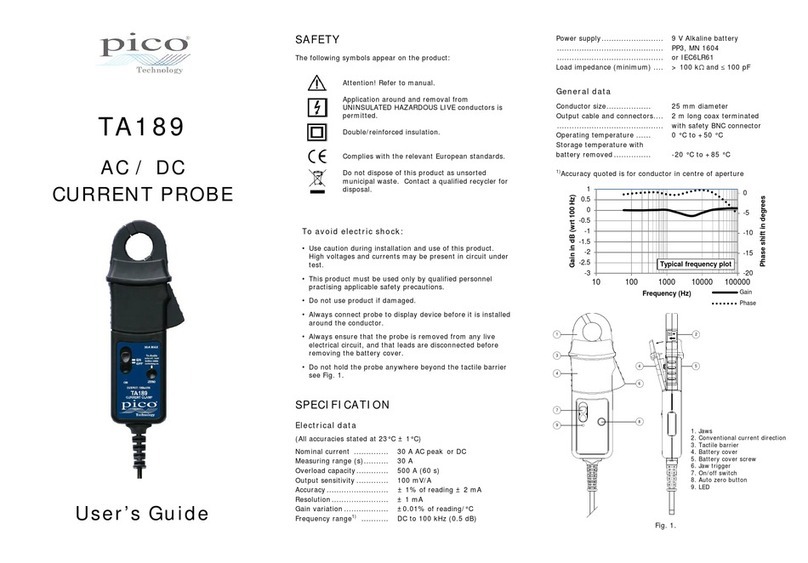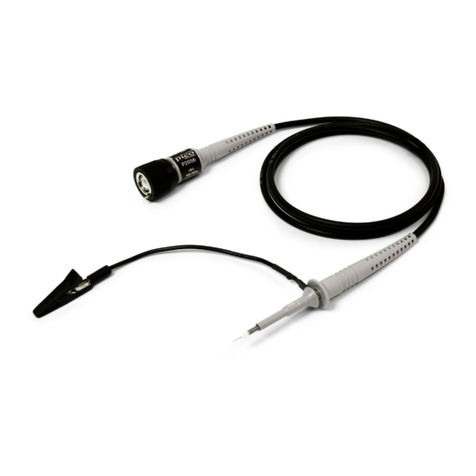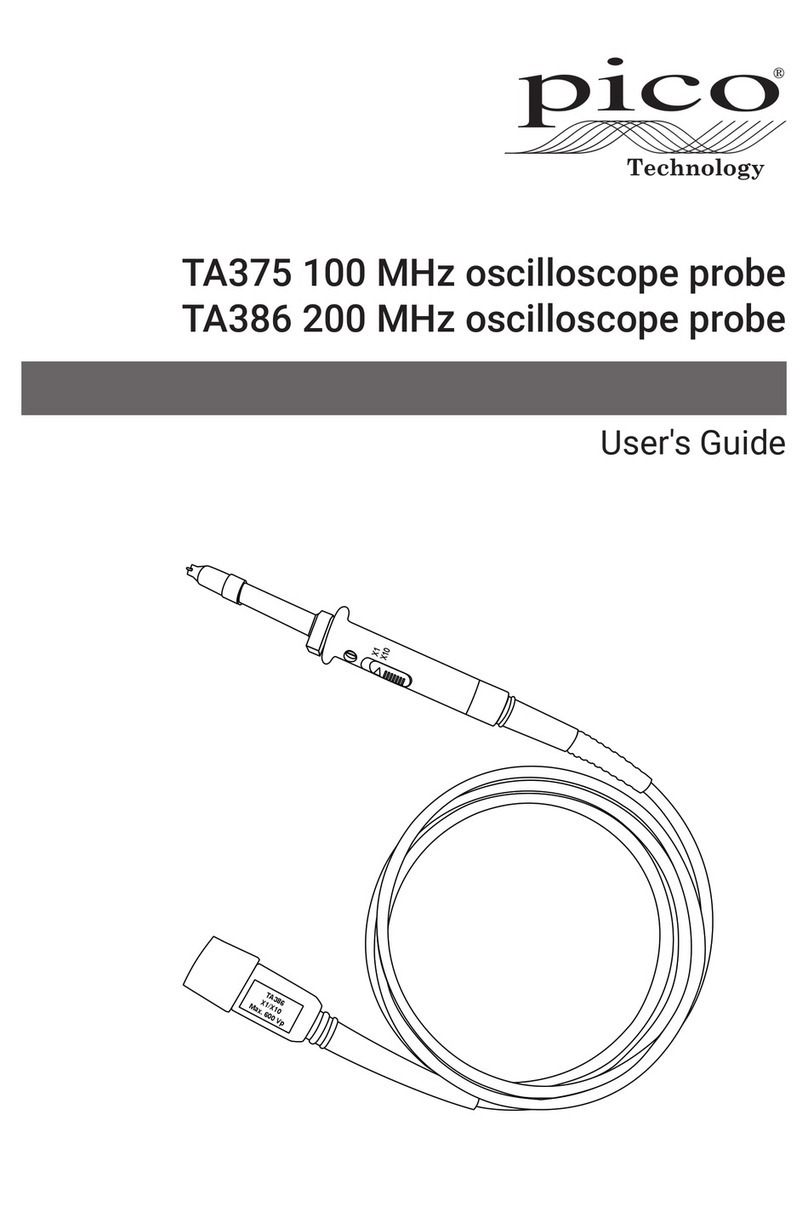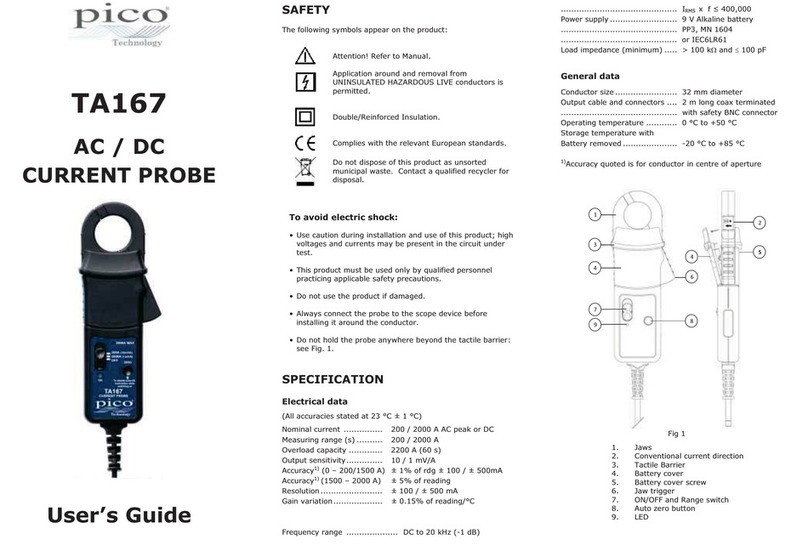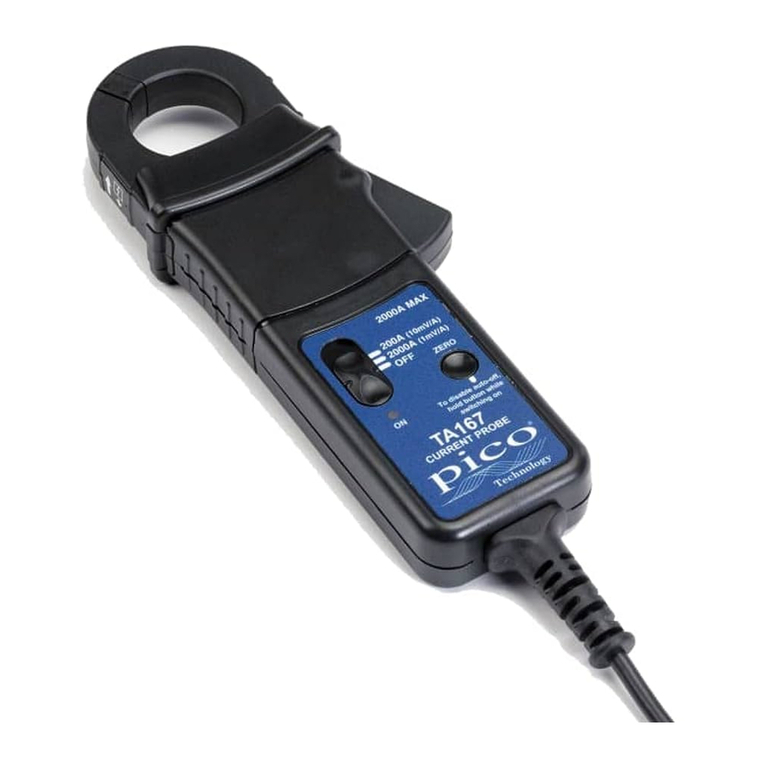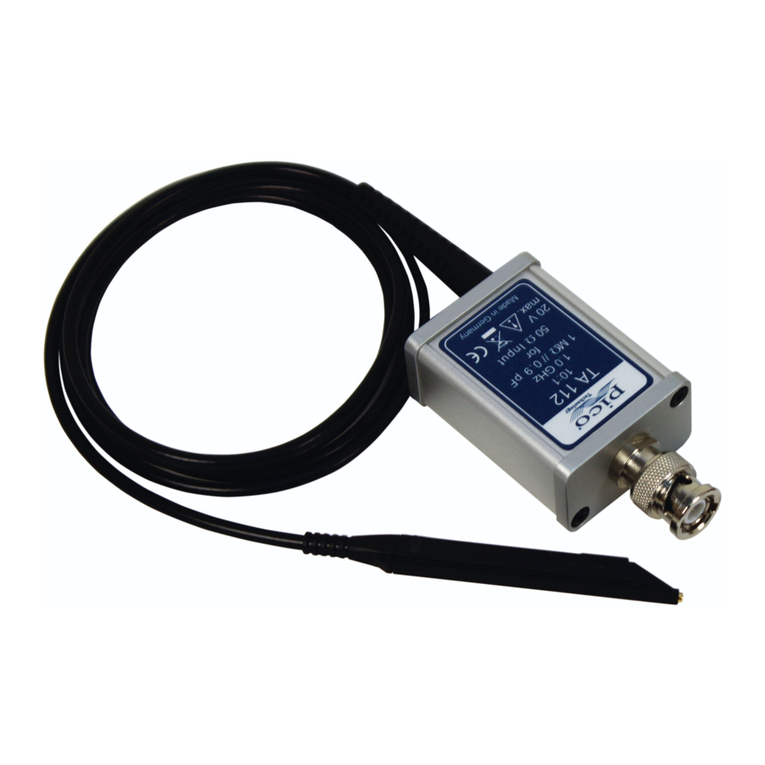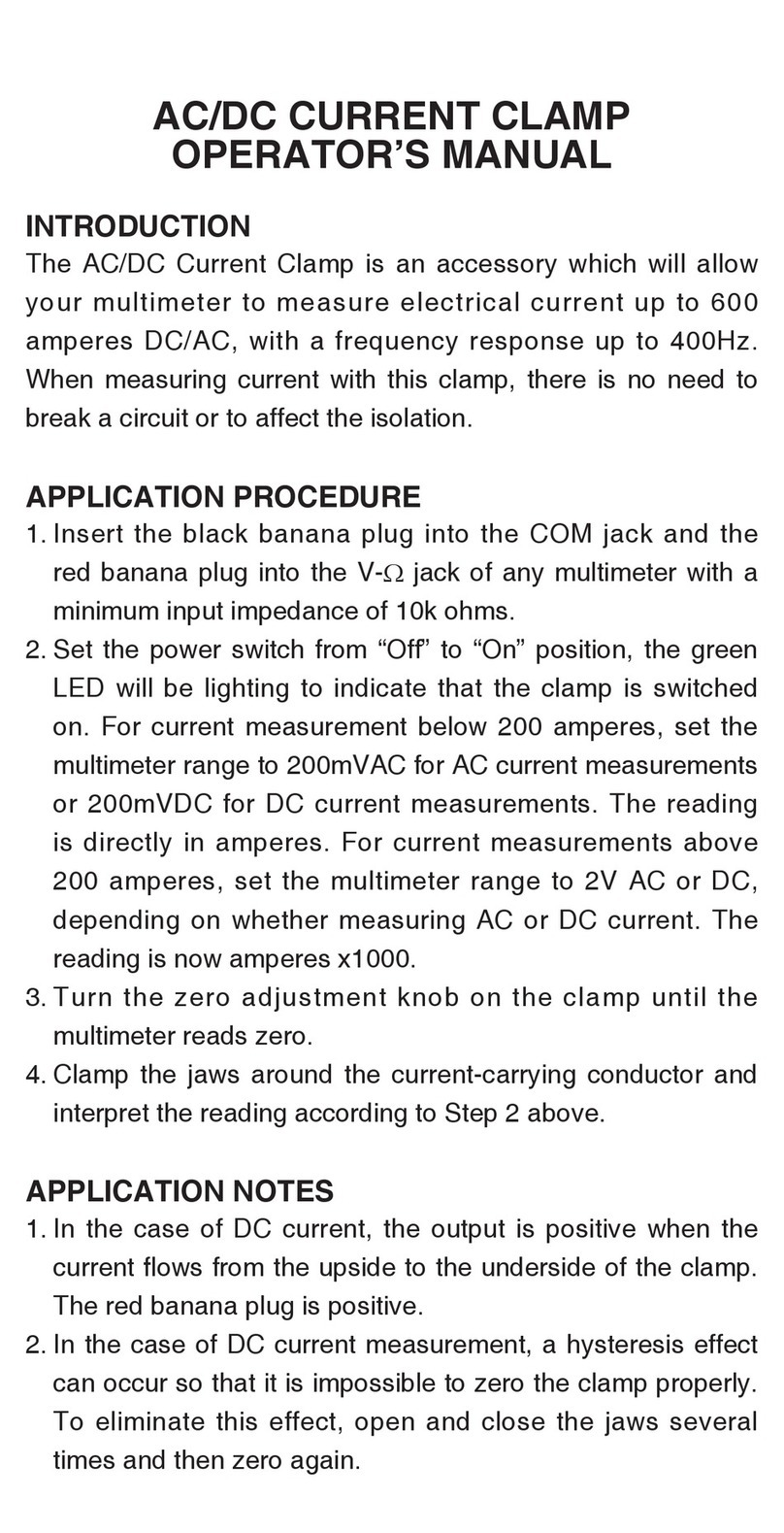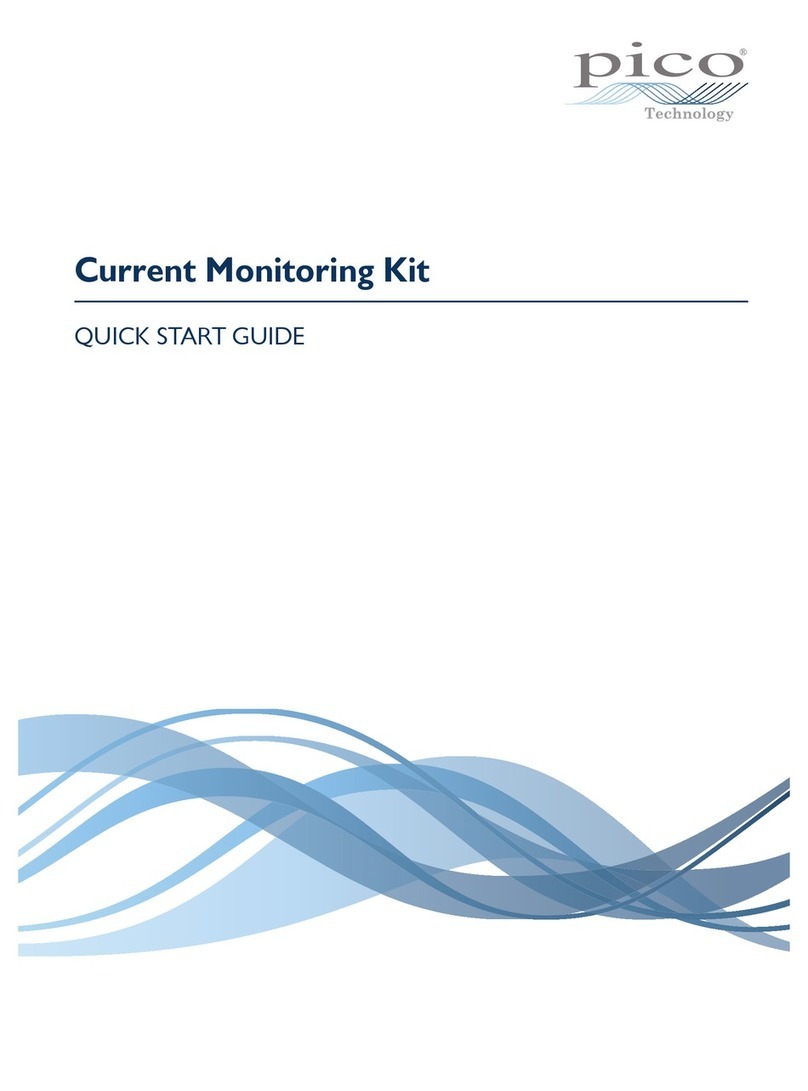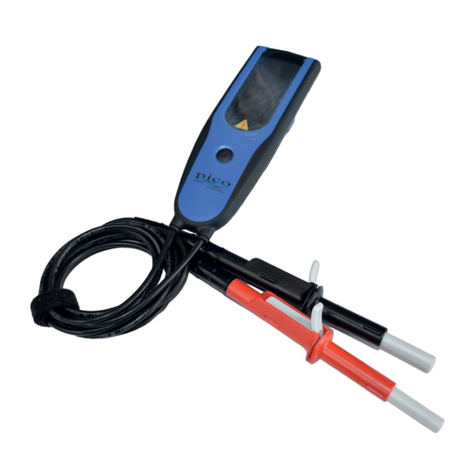
IIPicoVNA 106 6 GHz Vector Network Analyzer
© 2017 Pico Technology pv106ug r1
5 Short and open without models .............................................................................................. 24
6 Calibration kit editor ................................................................................................................ 24
7 Using a matched termination with poor return loss or unmodeled short and open ............ 25
6 Operation ........................................................................................................................... 27
1 The PicoVNA 2 main window .............................................................................................................. 27
1 Display setup ............................................................................................................................ 27
2 Data markers ............................................................................................................................ 29
3 Measurement enhancement ................................................................................................... 31
4 Memory facility ........................................................................................................................ 34
5 Limit lines facility ..................................................................................................................... 35
6 Status panel ............................................................................................................................. 36
7 Triggered sweep ...................................................................................................................... 37
8 Sweep trigger output ............................................................................................................... 37
9 Measurement start / stop ....................................................................................................... 37
10 PC data link interruption ........................................................................................................ 37
2 Calibration ............................................................................................................................................ 38
1 Changing the frequency sweep settings without recalibrating ............................................. 40
2 Calibration steps for S11 measurements ............................................................................... 41
3 Calibration steps for S21 measurements ............................................................................... 41
4 Calibration steps for S11 and S21 measurements ................................................................ 41
5 Calibration steps for all S-parameters measurements (insertable DUT) ............................. 42
6 Calibration steps for all S-parameters measurements (non-insertable DUT) ...................... 42
7 Calibration for best dynamic range – minimizing the effect of crosstalk ............................ 43
3 Measurements ..................................................................................................................................... 44
1 Return loss ............................................................................................................................... 44
2 Insertion loss / gain ................................................................................................................. 45
3 Complete 2-port measurement ............................................................................................... 45
4 Group delay .............................................................................................................................. 46
5 Time domain measurements .................................................................................................. 46
6 Reverse measurements on two port devices ......................................................................... 50
7 Powering active devices using the built-in bias-Ts ................................................................ 51
4 Reference plane extension and de-embedding .................................................................................. 51
5 Saving data ........................................................................................................................................... 54
6 Loading data ......................................................................................................................................... 54
7 Plotting graphics .................................................................................................................................. 55
8 Saving graphics .................................................................................................................................... 55
9 Signal generator utility ......................................................................................................................... 56
10 Output power at the 1 dB gain compression point utility ................................................................ 56
11 AM to PM conversion utility .............................................................................................................. 58
12 Compare data utility ........................................................................................................................... 59
13 Closing down the software ................................................................................................................ 61
7 Performance verification and maintenance ................................................................... 62
1 Measurement uncertainty .................................................................................................................... 62












